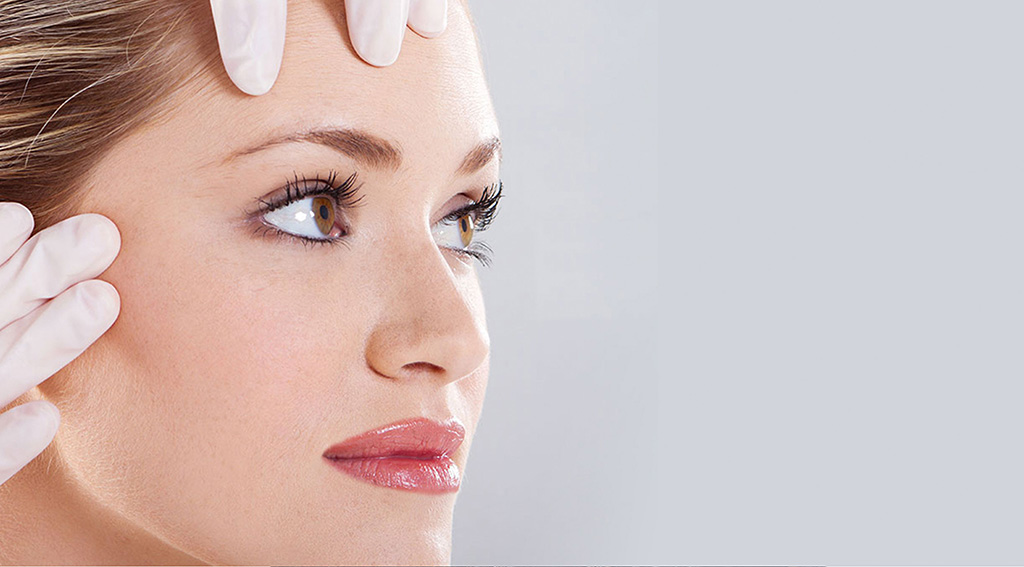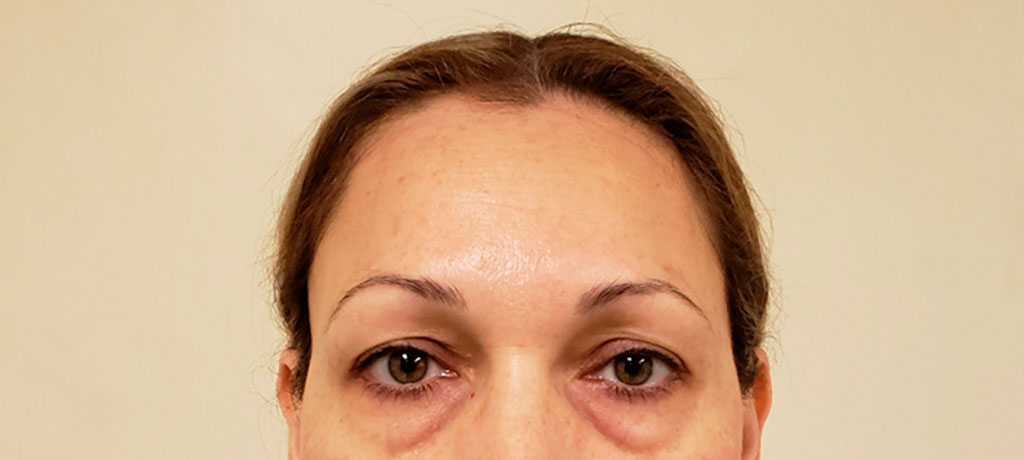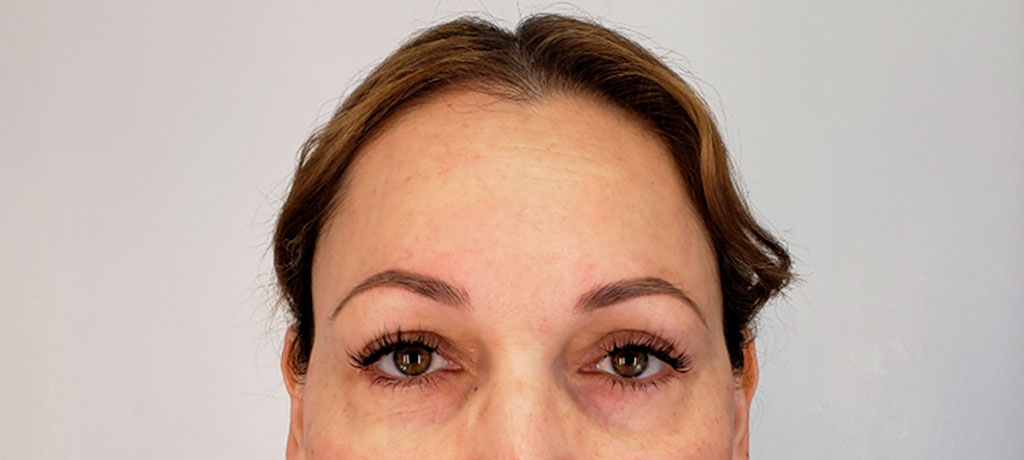PLASTIC SURGERY
BLEPHAROPLASTY

The scars are minimal and practically invisible to the naked eye, giving us a fresh and youthful appearance. This procedure is almost always performed under local anesthesia and sedation, and it can be easily combined with other surgeries.
Blepharoplasty, or eyelid surgery, is the surgical operation that will help everyone see you a few years younger. After removing the bags of fat, flabby muscle and excess skin from your eyelids, you will have a fresher face and a more expressive look.
Blepharoplasty is a highly recommended plastic surgery operation as it is minimally invasive and the results are almost immediate. For this reason, it is one of the most demanded aesthetic processes today. It is characterized by being a personalized procedure, since it adjusts to the characteristics of the skin or fat of the lower and upper eyelids depending on each patient. Currently there are minimally invasive techniques that allow obtaining optimal results with a very tight recovery period, with local anesthesia and without visible scars. One of the most important aspects of this surgery is to achieve natural results, avoiding the appearance of the “operated” person. For this, the surgery must be conservative and use the most modern techniques, which avoid complications such as the appearance of sunken eyelids, open eyes or stretched eyelids.
GALLERY
BEFORE AND AFTER


BLEPHAROPLASTY DETAILS
- Anesthesia: Local and Sedation
- Internment: Outpatient
- Care and protection: Cold compresses, head elevated when lying down, regular cleaning of the area, prescribed drops.
- Recovery: 2 weeks. (This time is variable depending on the case of the patient)
- Results: The results are immediate but the final result can be seen months later.
- Associated Surgeries: Facelift, Neck Liposuction, Facial Lipoinjection, Rhinoplasty, Bichectomy.
FREQUENT QUESTIONS
Are there limitations in blepharoplasty?
Eyelid Surgery (Blepharoplasty) cannot fix sagging eyebrows, dark circles, or fine lines and wrinkles around the eyes. Other procedures may be better able to solve these problems.
At what age am I a candidate for surgery?
Excess skin on the upper eyelids can appear from the age of 35, although some patients before that age already have a “full” eyelid due to their individual anatomical characteristics.
Fat bags on the lower eyelids are also more frequent with age, but sometimes they appear from an early age, even before the age of 25.
I have vision problems and I am undergoing treatment, can I have a blepharoplasty?
Only exceptionally do we contraindicate a blepharoplasty in a patient with some ocular pathology. These are usually cases of severe dry eye. In these patients, any intervention on the eye or on the eyelids can accentuate their problem. Most patients with dry eye have mild or moderate degrees, which are not a contraindication for a blepharoplasty, but may require a more conservative surgery.
Retinal problems or glaucoma are not contraindications and are not aggravated by a blepharoplasty. Being operated on for cataracts or laser for myopia or hyperopia are not.
Is there scarring as a result of eyelid surgery?
Scars will result from the incisions required by the Eyelid Surgery, although these will be in the most discreet position possible. In addition, over time these scars will become imperceptible.
Is there pain after the operation?
After Eyelid Surgery, the eyelids may feel tender or tight, although prescription medications can help control any discomfort the patient experiences.
When can I return to my daily activities?
Typically patients are able to return to work seven to ten days after the procedure. Patients will need to avoid strenuous activities in addition to alcohol consumption for at least three weeks after the procedure.
REQUIREMENTS
Although this surgery has raised the standards in body cosmetic surgery, plastic surgeons recommend it only to certain patients, since they must meet the following requirements:
- Being normal weight or slightly overweight
- Follow precise pre- and post-operative indications to minimize risks and optimize results
- Do not smoke for at least two weeks before and after surgery
- Not having diseases linked to being overweight, such as diabetes
- Maintain a healthy lifestyle, that is, eat a balanced diet and do physical activity, in order to maintain the results over time
 811 924 0611
811 924 0611